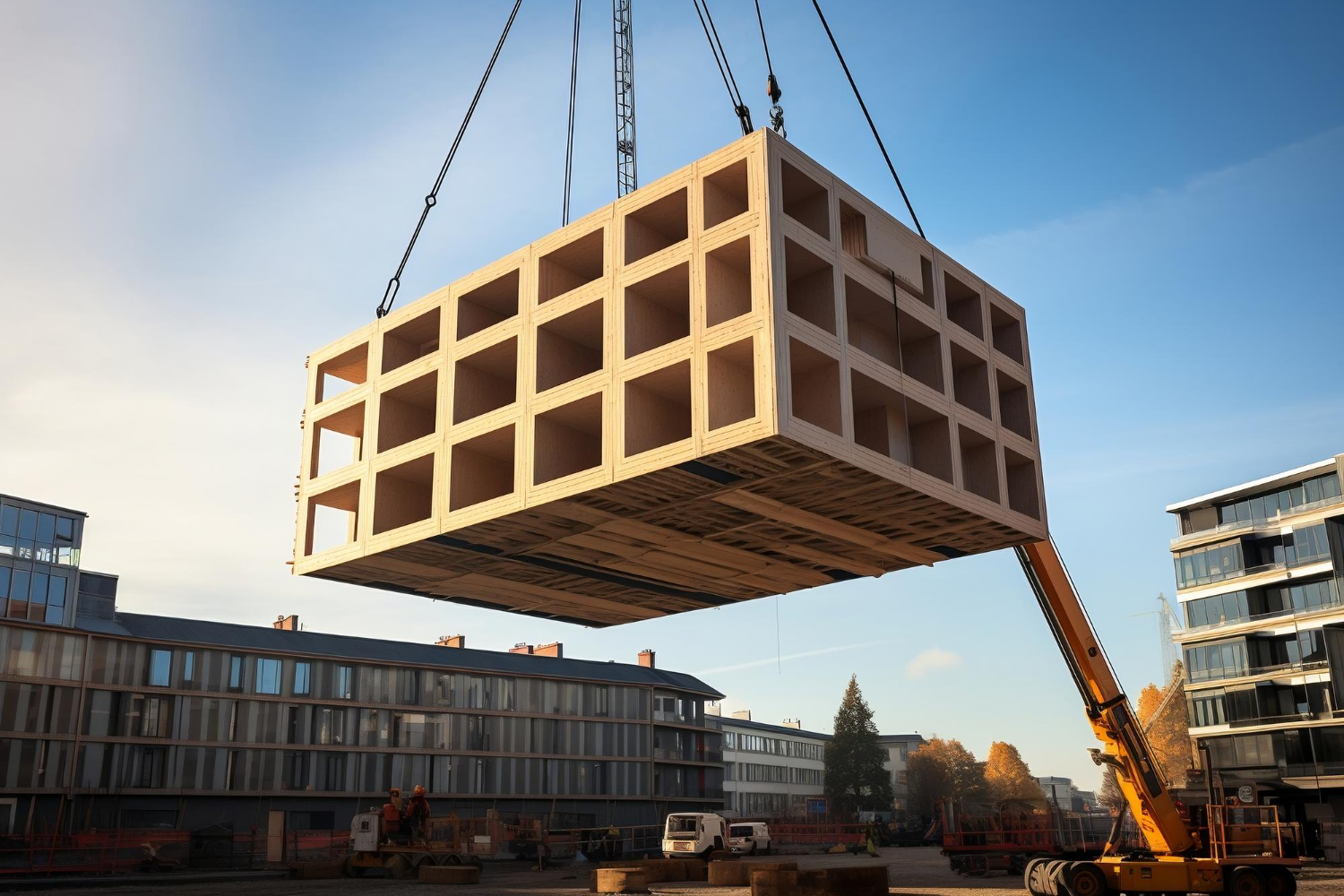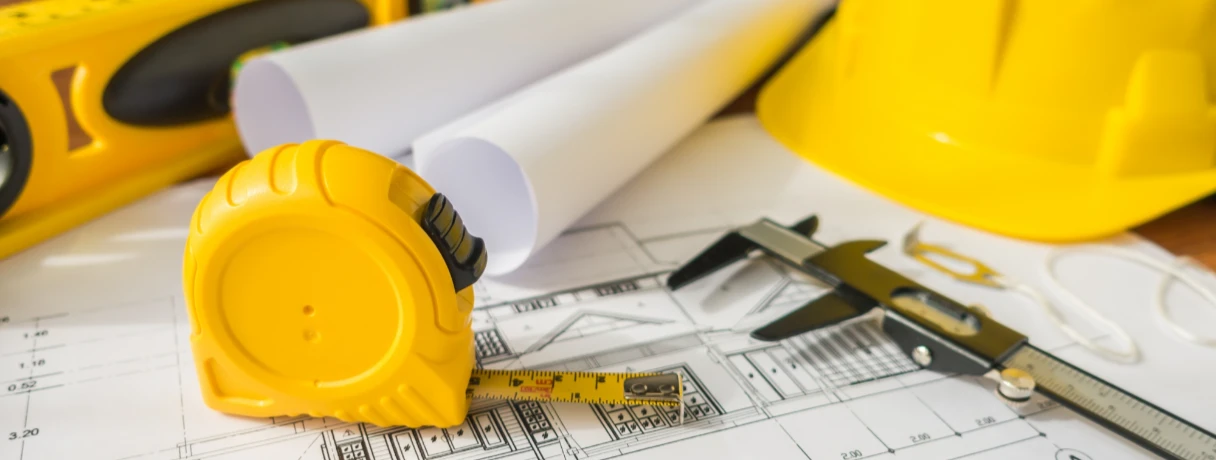How do you know if a takeoff software is the right fit for your business? With so many options out there, it's easy to feel overwhelmed.
Takeoffs are the foundation of accurate estimates and successful project planning, and the right software helps estimators work faster, bid smarter, and deliver projects within budget.
In this post, we'll break down the seven must-have takeoff features that every contractor should look for when evaluating construction takeoff software, so you can make a confident, informed decision.
What Is a Takeoff in Construction?
A takeoff in construction refers to the process of extracting quantities and measurements from construction drawings or site plans to calculate materials, labor, and equipment costs. Also known as construction takeoffs, these are essential for preparing accurate bids and managing project budgets.
Without a reliable take off construction process, estimates become guesswork—and that’s a risk no project can afford.
5 Signs It’s Time to Upgrade to AI-based Takeoff Software
Still unsure if you need new software? Here are five red flags to look for:

1. Always Rushing to Meet Bid Deadlines
If it feels like you're constantly behind schedule, your current software may be outdated. AI-based construction takeoff software like Beam AI removes the manual clicking and tracing, so you can get takeoffs done faster and focus on pricing and strategy.
2. Spending Hours Reviewing Plans
Still manually counting, fixtures, or tracing drawings? Beam AI streamlines the revisions by automatically detecting changes in drawings across plan versions. Simply upload the updated plans, and the AI will highlight every modification, allowing you to quickly identify new details, saving hours of manual review and reducing costly errors.
3. Addenda Are Derailing Bids
Revisions and plan changes are a normal part of preconstruction, but redoing entire takeoffs every time? That’s inefficient. AI-based takeoff software can automatically identify changes, keeping bids accurate without extra work.
4. Losing Project Opportunities
If your team can't handle more bids due to time constraints, you're leaving money on the table. AI takeoff tools increase your output without adding extra headcount, so you can bid on more jobs.
5. Difficulty in Sharing Takeoff across teams
Whether you're emailing spreadsheets or struggling with outdated file versions, poor collaboration slows everything down. Cloud-based platforms enable real-time collaboration and centralized access to project data.
7 Must-Have Features in Construction Takeoff Software
Once you decide to upgrade, how do you choose the best software? Here are the top features to look for:

1. AI Automation for Faster Takeoffs
AI-driven tools can scan full plan sets and automatically calculate quantities—no manual measurements required. This speeds up the entire process, improves accuracy, and reduces the risk of human error.
Beam AI delivers ready-to-use quantities for contractors, helping you save 90% of time while boosting bid volume by 2x. It completely automates the takeoff process and delivers the final outcome within 24-72 hours, reviewed by expert estimators.
2. Multi-Project Management
The ability to manage multiple takeoffs at once is the need of the hour. Look for features like real-time tracking, project prioritization, and centralized dashboards.
This keeps your estimating teams focused on hitting deadlines and maximizing bidding opportunities.
3. Automatic Handling of Addenda
Plan changes shouldn't send you back to square one. The best tools automatically detect and incorporate changes, reducing errors and saving time. This keeps your bids accurate and up-to-date, even when plans evolve at the last minute. Beam AI streamlines this process by automatically syncing changes across all addenda, ensuring your estimates stay alignedwith the latest plans, without rework.
4. Real-Time Collaboration Features
Good takeoff construction software should allow multiple stakeholders—estimators, project managers, subcontractors—to work together in real-time. Cloud access ensures everyone’s on the same page, enhancing team efficiency and reducing miscommunication.
5. Customizable & Advanced Editing Tools
Every project is different. Your software should let you easily update measurements, add missing components, and customize quantities..
Beam AI has an editing toolbar designed with essential features for various takeoffs, including edit, add elements, rotate, split, and create openings. Need to adjust room sections, refine measurements, or account for cutouts around fixtures and columns? Beam AI makes it easy to modify takeoffs in real-time, improving accuracy and streamlining workflows.
6. User-Friendly Interface
Complicated software slows everyone down. Choose a solution with an intuitive interface that your team can pick up quickly. The goal is to simplify the takeoff process, not create more work.
7. Seamless Integrations
Integration with BIM platforms, estimating software, and project management tools creates a streamlined workflow from start to finish. Look for a software that connects easily to the platforms you already use—keeping everything in sync from takeoff to bid submission.
The Bottom Line
Choosing the right takeoff software is a strategic decision that can significantly impact the efficiency, accuracy, and success of your construction projects. You’re not just looking for features in the right platform; you’re choosing how your team bids, wins, and scales.
Manual takeoffs slow you down and cost you bids. And inefficient workflows? They bleed time you'll never get back. With AI-based takeoff software like Beam AI, you can save 90% of your time while pushing 2x more bids. Don’t just keep pace with the industry - lead it. Book a personalized demo of Beam AI today to discover how our AI-based software can transform your pre-construction workflow and help you secure more bids with confidence.











.png)
.png)

.webp)

